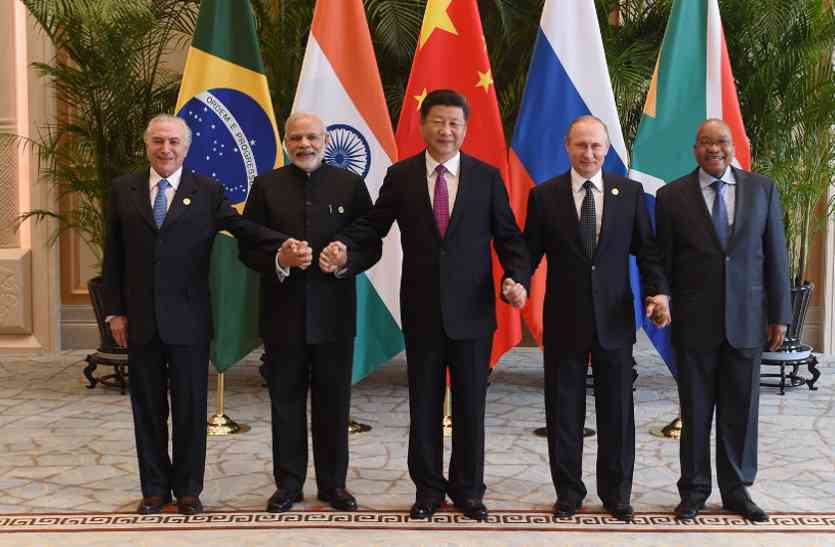ABSTRACT
In light of the disintegration of the Soviet Union and the end of the Cold War, India was compelled to reassess its foreign policy to sustain itself in the international scenario. Initially moving along the lines of Non-Alignment, India finds its way to contribute to the issues of the global world and has opened its policy to All-Alignment according to the changing circumstances. India has chosen the road of multi-alignment in a growing international arena, which comprises creating alignments based on problems with like-minded nations and significant power centers. To re-examine its foreign policy and modify its economic structure, it has made several adjustments to protect its interests in a changing world. This included strengthening ties with the United States, Western European nations, and China. However, it faces challenges that need to be addressed. For instance, to the East, India is confronted by China which is asserting claims to disputed territory in the Asia-Pacific area as well as expanding its influence in the neighboring states of India. To the West, issues prevail between India and Pakistan, and there doesn’t appear to be any prospect for a quick resolution. This calls for more active participation by India in geopolitical events. To address the threats that impede our growth and prosperity, pragmatic resolutions are necessary on a strategic and diplomatic level. The present paper aims to analyze the shift in Indian Foreign Policy from post-Cold War to the present day. It further analyzes the significant challenges that India faces as a result of its current foreign policy.
INTRODUCTION
India, a potential superpower, has evolved its foreign policy since its hard-earned independence from colonial rule till date. In addition to the changing traditional conceptions of power, the world has now become much more dynamic. India has been able to recognize and maintain its power status in the international arena because of its nonalignment policy, which played a significant historical role during the Cold War era. Although it is often argued that India’s foreign policy ignores the hard realities of the global world order, it is one of the influential players in the growing world. India’s independent foreign policy through its Panchsheel principles has made it evident to the rest of the world that it respects each country’s sovereignty and would not permit any other country to obstruct peace on its territory. World politics after the 1990s demanded a renewal of Indian Foreign Policy and a gradual shift from idealism to realism. India’s foreign policy and diplomacy in the 21st century have come to be characterized and configured by the pursuit of national interests, pragmatic issue-based alignments with nations, and proactive diplomatic outreach. It now aims to strengthen alliances that benefit the involved countries, increase influence in international discussions, and promote and facilitate India’s economic development. However, it faces complex challenges and demands attention to influence the ideals and principles of India to other key sectors in the world. This has required the country to adopt a new worldview that views foreign policy from a realist perspective—pragmatism.
TRANSFORMATION IN THE INDIAN FOREIGN POLICY
Indian foreign policy to facilitate its economic status, strengthen strategic partnerships, and enhance and promote the national interest has proven to be highly dynamic. The reshuffling alignments in foreign policy are a result of India’s short-term as well as long-term interests and can be classified into the following phases:-
Click Here To Download The Paper


📌Analysis of Bills and Acts
📌 Summary of Reports from Government Agencies
📌 Analysis of Election Manifestos

